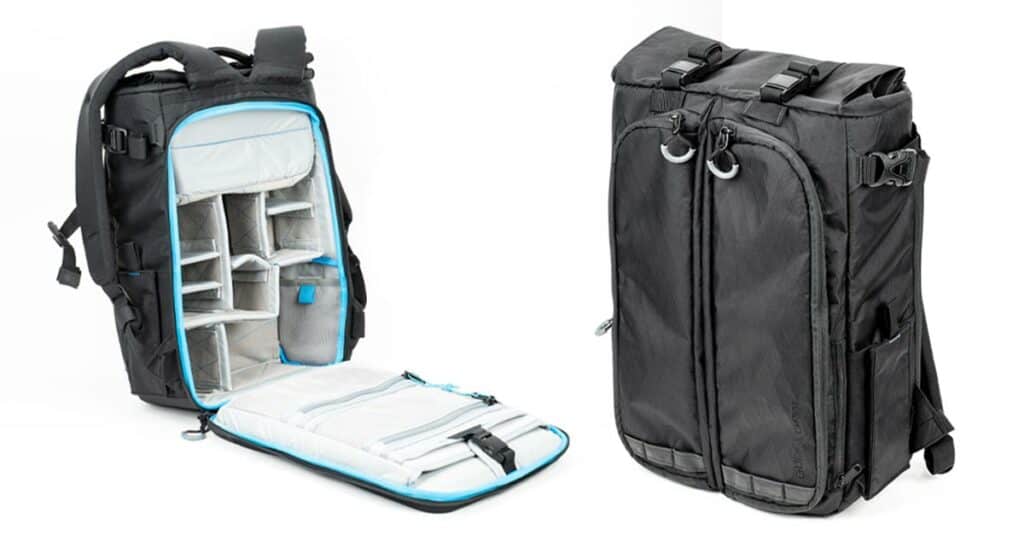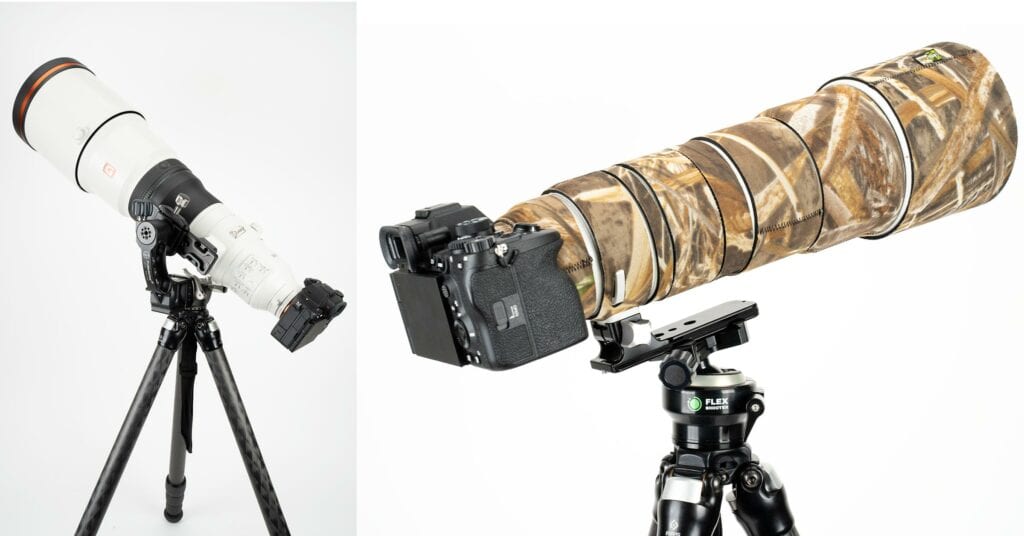Over the years I’ve often been asked questions on the subject of backpacking with camera gear, and whilst I’ve had some answers, I’ve never felt like I had all of them. Over the next few months, I want to tackle this topic in a bit more detail as I experiment with a few different ideas and solutions that I hope will help me over the the coming summer season.
Lightening the Load
My primary camera has been a Canon 5D-series camera for the last 8 years or so, currently it’s the 5D Mark IV. It’s a rugged, full frame camera that’s built to last for years, but this means it’s also heavy, and the majority of my Canon L-Series lenses aren’t lightweights either. I’ve considered investing in a mirrorless setup for the last few years, but I’m heavily invested in the Canon lens lineup and this has held me back. I like the full frame look, so I was hesitant about the Fuji X-Series cameras because I always figured they would shift to a full frame system at some point and then the X-Series lenses would be of no use. In fact, they jumped straight to the GFX medium format system and skipped over a full frame camera. The obvious choice would therefore have been Sony, but their G-Master lenses are the same size and weight as equivalent Canon ones, so whilst the camera’s are smaller, it’s not a huge weight saving overall. Certainly not worth spending thousands of dollars for it. I also have major problems with the usability of the Sony cameras, although much of this is supposedly fixed in the new A9 camera… we will see…
In the end I decided to keep using my Canon 5D Mark IV. Paired with the reasonably lightweight 16-35 f/4 L IS, it makes an excellent package that, whilst not lightweight, is familiar and trusted. What I did decide to do is to lighten up the other items in my regular backpacking kit in order to offset the weight difference between a Canon full frame kit and a mirrorless kit. A little research into some new items for my camping kit had me convinced that I could easily save more than the weight difference, and for less money than a mirrorless kit would have cost me. In other words, I could lighten my pack AND get to keep using my 5D. Yes, yes, I know this is a bit of a rabbit hole to go down, because of course you could lighten both your camera kit and your camping kit and get down to an even lighter weight, but I’m trying to keep things within the financial realms of possibility for most people, myself included.
Over the next little while I’m going to be sharing some tips on lightening your backpacking and photography kit, as well as showing you guys what my current favourite setups are for carrying a camera on overnight trips with all your camp gear. In order to keep this new series of posts organized, I’ve added a new category to the blog within the Gear Check section, called Backpacking With a Camera. Obviously if you’re reading this post just shortly after I published it, this is going to be the only post in the category at the moment, but soon it will be a home for a series that hopefully helps other people figure all this out as well. Once I started looking at reasonable weight savings for my kit, I was amazed how quickly I was able to hit my targets. A lot of seemingly small and insignificant things can add up really quickly!
Stay tuned…



